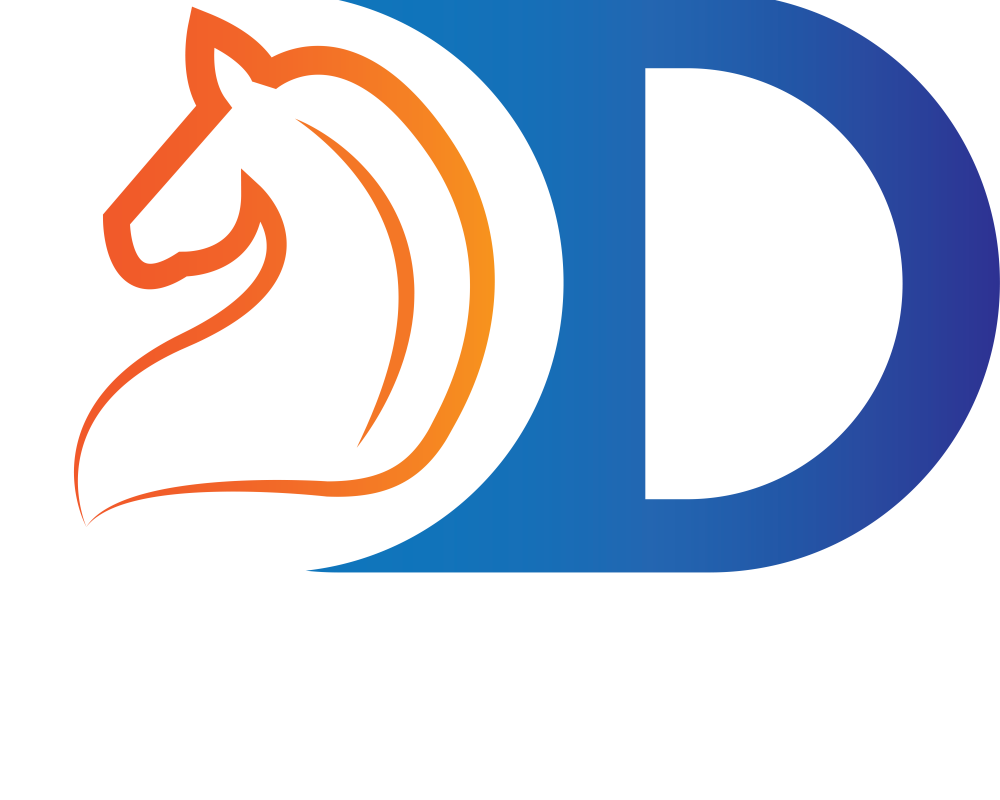Circular Economy: A Pathway to Sustainable Development
– Aadya Ananta & Bonsika Das
Today India, like many other countries, faces critical environmental challenges stemming from rapid industrialisation, resource depletion, and the looming threat of climate change. These issues demand a radical transformation in how resources are consumed and managed. The concept of the Circular Economy (CE) emerges as a powerful response to these challenges, offering a systemic shift away from the traditional linear model of ‘take, make, dispose’ towards a more regenerative and sustainable approach. In a circular economy, resources are used more efficiently, waste is minimised, and materials are kept in circulation through 4 R’s – Reduce, Reuse, Recycling, and Recover innovation in product design and business models.

At its core, a circular economy integrates sustainability into every developmental sector. It goes beyond environmental protection by enhancing business competitiveness, generating green jobs, attracting sustainable investments, and fostering inclusive governance. It enables collective action from all stakeholders toward a more inclusive and sustainable future. Recognising this potential, the Ministry of Environment, Forests and Climate Change (MoEFCC) and NITI Aayog set up an Indian Resource Panel and came out with a strategy paper on Resource Efficiency in 2017. The strategy paper marked a foundational policy shift, and ongoing work on preparation of status and strategy papers now targets critical sectors such as steel, aluminium, e-waste, and construction and demolition waste. However, the successful implementation of CE requires active collaboration between government bodies, private industries, academic institutions, and local communities.
A significant barrier to the widespread adoption of CE practices is the lack of effective leadership and cross-sectoral understanding. To bridge this gap, initiatives such as the Global Leadership Program on Circular Economy held in South Australia have played a transformative role. Organised in collaboration with Green Industries South Australia (GISA), Ekonnect Knowledge Foundation, and the Circular Economy Alliance Australia (CEAA), this program offered practitioners from India, Japan, and Australia hands-on exposure to CE models in real-world contexts.
Equally important is the ability to measure progress in circularity. Without clear metrics, efforts remain scattered and difficult to scale. Circular Economy indicators help track environmental and economic performance, allowing organisations to make data-driven decisions. To effectively evaluate CE initiatives, measurement is essential. There are three core frameworks:
- Material Flow Accounting (MFA) – to track resource and energy use;
- Eco-efficiency Indicators – to assess environmental impact in relation to economic output;
- Hybrid Indicators – combining environmental and economic performance.
These three primary measurement frameworks have gained prominence. By establishing Key Performance Indicators (KPIs) such as renewable energy usage, material productivity, waste reduction, and recycling rates, companies can assess and improve their sustainability efforts. Table-based evaluations of different types of waste in the value chain, from resource waste in sourcing and manufacturing to lifecycle and embedded value waste at the disposal stage, offer actionable insights and suggest initiatives such as energy-efficient logistics, product repairability, and industrial symbiosis.
In addition to resource efficiency and economic resilience, CE plays a significant role in climate change mitigation. The 2018 report Circular Economy: A Powerful Force for Climate Mitigation by Material Economics highlighted that four industries, steel, plastics, aluminium, and cement, account for more than 66% of industrial carbon emissions in Europe. Mobility and construction sectors, which heavily rely on these materials, account for more than half of these emissions. Circular strategies such as material recirculation, lightweight product design, and the adoption of sharing-based business models are key strategies to reduce emissions while maintaining industrial productivity. The report estimates that up to 296 million tonnes of carbon dioxide could be reduced annually in the EU by 2050 through circular economy practices, demonstrating CE’s vast potential for global climate action.

Community engagement and capacity building form the backbone of the CE movement. The Circular Economy Club (CEC), a global network of CE professionals, coordinated Mapping Week activities in sixty-plus cities. In India, Ekonnect Foundation has been instrumental in organising CE roundtables in cities like Ahmedabad, Pune, Chennai, and Mumbai. These gatherings bring together representatives from academia, industry, civil society, and government to discuss the operational challenges of CE, identify local solutions, and encourage leadership development. Participants have emphasised the importance of training, experiential learning, as well as capacity-building for leadership to accelerate the transition to circularity. Here are two case studies from India –
Case Study 1: Hindustan Unilever Limited (HUL) – Project Prithvi
Background: Hindustan Unilever Limited (HUL), India’s largest consumer goods player, has been proactively following sustainable practices within its corporate social responsibility. With the awareness of the increasing plastic waste issue, HUL initiated an innovative program to tackle the problem.
Initiative: HUL launched “Project Prithvi”, a revolutionary initiative that seeks to create a circular economy of plastic waste. The project’s primary aim is the sustainable management of plastic waste by converting waste into something of value.
Implementation: Plastic waste is gathered under Project Prithvi through a systematic network in association with other organizations. The gathered plastic is turned into substitute fuel utilized in the cement kilns, mitigating reliance on fossil fuels and preventing plastic waste from landfills.
Collaboration: The project’s success is fueled by HUL’s partnership with the local government, waste management authorities, and environmental bodies. These collaborations ensure that plastic waste is collected, transported, and processed in an eco-friendly way effectively.
Impact: Since its launch, Project Prithvi has helped in the collection and disposal of more than 5,000 metric tons of plastic waste. The project not only benefits the environment but also improves the overall objectives of sustainability and efficiency of use.
Conclusion: Project Prithvi is a good case of how corporate projects can encourage circular economy patterns and sustainable development through innovation, partnership, and green responsibility.
Case Study 2: Goa Waste Management Corporation – Circular Economy for Organic Waste
Background: The Goa Waste Management Corporation (GWMC), which is a government corporation, has moved aggressively to solve the problem of organic waste in Goa by embracing a circular economy. As there is a growing generation of waste, it is imperative to have sustainable waste management strategies.
Initiative: GWMC has adopted a circular economy model at the state level that aims to treat and recycle organic waste. The program is meant to minimize landfill reliance and use waste as a resource.
Implementation: Composting plants have been set up in different sites in the state. Organic waste from homes, markets, and institutions is collected by these plants and turned into quality compost. The whole process is eco-friendly and sustains waste management principles. The resultant compost is then marketed to be used in farming, thus establishing a closed-loop system. This not only minimizes the environmental impact of waste but also presents farmers with an organic, low-cost fertilizer that enhances soil condition and plant yields.
Impact: This program has effectively cut organic waste sent to landfills, and boosted sustainable agriculture. It is an example of how municipal governments can incorporate the principles of circular economies into public waste systems.
Conclusion: The Goa Waste Management Corporation’s approach showcases how organic waste, when effectively managed, can become a resource rather than a liability. Through composting and agricultural reuse, the initiative exemplifies a successful circular economy model at the state level.
The Circular Economy, thereby, offers a comprehensive and forward-looking framework to address today’s environmental, economic, and social challenges. It is not merely an environmental agenda but also a transformative approach that aligns closely with the Sustainable Development Goals (SDGs). Through reduced material consumption, increased resource efficiency, and innovative business models, CE can drive economic growth while benefiting the planet. The path to a circular future, however, requires committed leadership, effective measurement systems, collaborative partnerships, and wide-scale awareness. As India and the world grapple with the twin crises of climate change and resource depletion, embracing the circular economy could be the key to building leadership, promoting collaboration, and strengthening circular metrics will be essential to realising a low-carbon, sustainable future.



